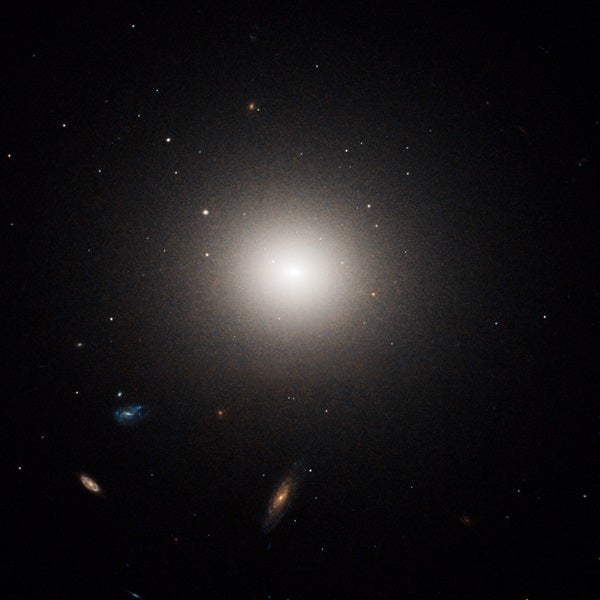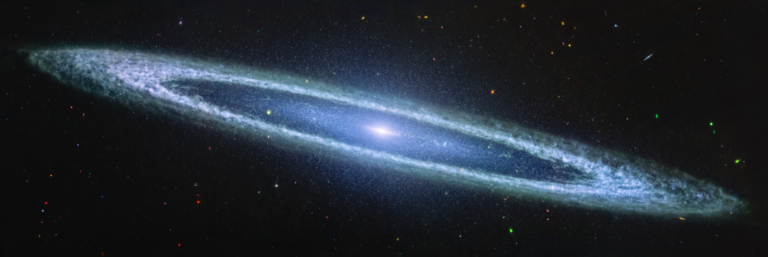Q: We know that stars have life spans. Is there any evidence that galaxies also have finite periods of existence?
A: The answer depends on what you mean by “existence.” Astronomers frequently talk about stars being “born” and “dying”; what they really mean is “starting nuclear fusion” and “ending nuclear fusion.” Fusing hydrogen into helium and helium into other, heavier chemical elements is what makes a star “alive.” (By this definition, I guess I really haven’t lived.) Of course, most stars leave behind fascinating corpses that will endure indefinitely — white dwarfs, neutron stars, or black holes. Whether you think of these remnant objects as stars is a matter of semantics.
Similarly, most astronomers (either consciously or unconsciously) think of galaxies as “living” if they are busy converting interstellar gas into stars and “dead” if no more stars are forming. The Milky Way is middle-aged in this sense. Its star formation rate has been declining for some 11 billion years, and a day will come when our galaxy forms its final star. At that point, after all the young, hot, blue stars quickly burn out, only faint dwarf stars and red giants — stars on their way to their individual “deaths” — will be left. That day is at least 10 billion years away.
There are already many galaxies in the universe that astronomers refer to as “red and dead.” Some of these stopped forming stars billions of years ago. Assuming they don’t get any infusions of fresh gas from intergalactic space, these galaxies (and eventually the Milky Way, too) will gradually redden and fade away, leaving a collection of stellar embers.










